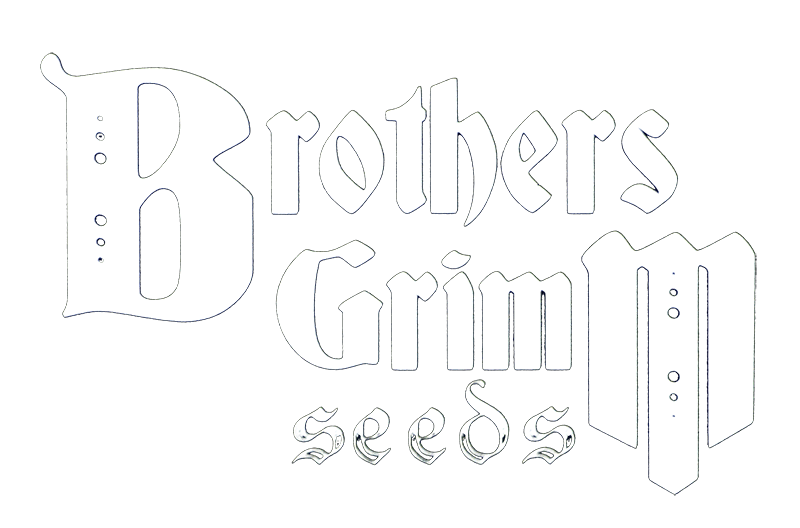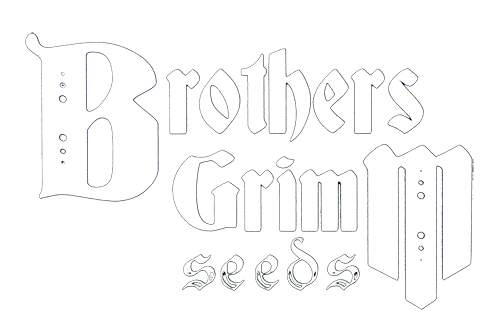A breeder focuses on creating new strains by crossing different plants to achieve specific traits. A geneticist delves deeper into plant genetics, studying DNA to understand and manipulate traits. While both contribute to strain development, geneticists have a more scientific and research-oriented approach.
While both breeders and geneticists work within the field of cultivation and plants, there are distinct differences in their roles and focuses:
A breeder like Rick Campanella or Purple City Genetics is an individual or entity that specializes in developing new strains through controlled crossbreeding. The primary goal of a breeder is to create plants with specific desired traits, such as unique tastes, aromas, cannabinoid profiles, growth patterns, etc. Breeders use their expertise to select parent plants with complementary characteristics and then cross them to create offspring that inherit desired traits from both parents.
Breeders work with a wide range of genetic material, experimenting with different combinations and selections over multiple generations to stabilize the traits they’re seeking. The breeding process involves careful observation, selection, and testing of plants to ensure that the desired traits are consistently passed down to future generations. Breeders may focus on improving the overall quality of strains or creating novel and marketable varieties.
On the other hand, a geneticist like Austin Sheppe is a scientist who specializes in the study of genetics and the underlying molecular mechanisms that dictate traits and behaviors. Geneticists in the horticulture field analyze the DNA of different strains to understand the genetic makeup of various traits such as disease resistance and more. They may also study the inheritance patterns of these traits to predict how they will be passed down in future generations.
Geneticists often work in research settings, using advanced leading edge techniques like genome sequencing to unravel the complexities of the genome. Their research contributes to a deeper understanding of the plant’s genetic diversity, evolution, and the mechanisms that give rise to specific characteristics. For example, we know it has a diploid genome, which means it has two sets of chromosomes. The genome is made up of nine pairs of autosomes and one pair of sex chromosomes, and the sex chromosomes determine the gender of the plant, with females having XX chromosomes and males having XY chromosomes. The genome of the herb was colonized by viruses in ancient times, which created the bioactive substances and safe chemicals. These are the substances in it desired by medical patients and recreational users.
Breeders vs. Geneticist
In summary, a breeder is focused on creating new strains by crossbreeding plants to achieve desired traits, while a geneticist is focused on studying the genetic makeup of plants to better understand their traits and behaviors at a molecular level. Both roles are essential in advancing the industry’s knowledge and offerings, so don’t discount one or the other.







Leave a Comment